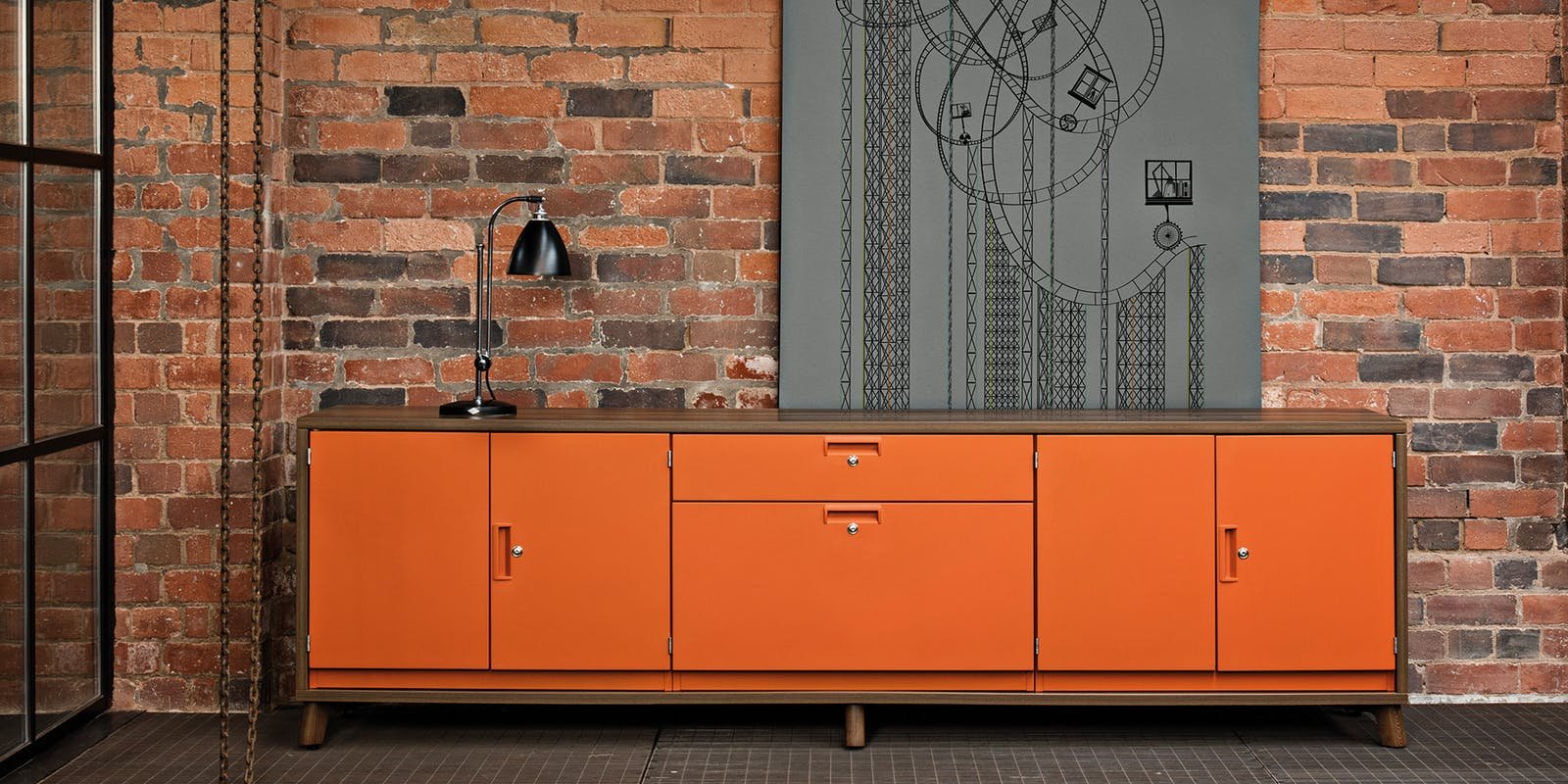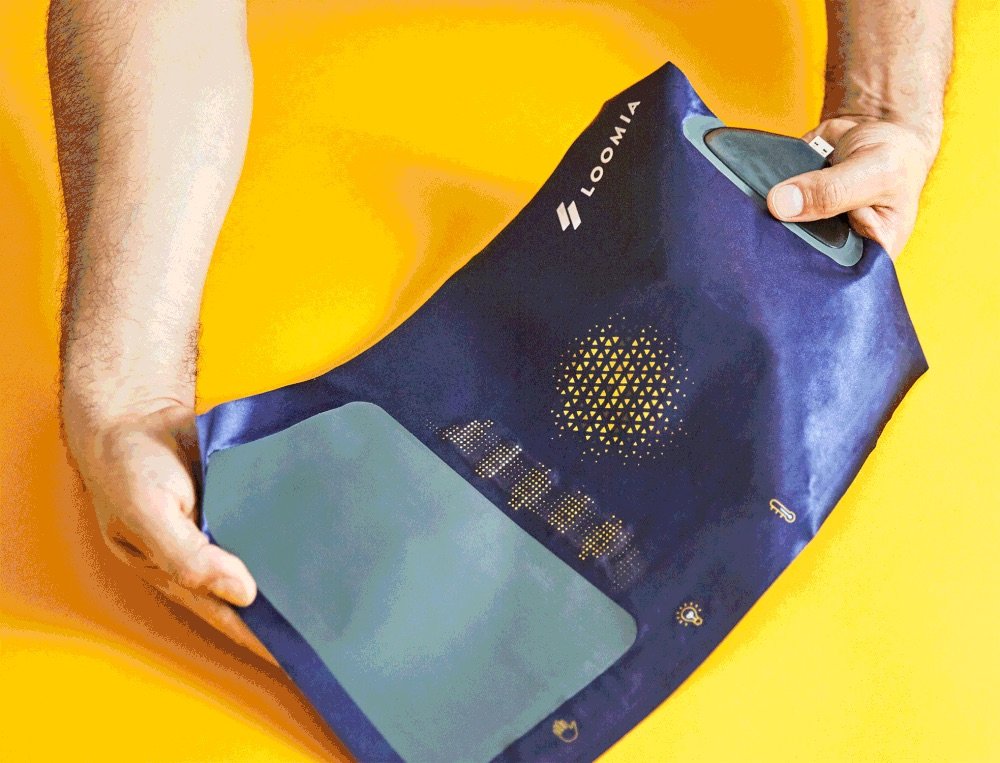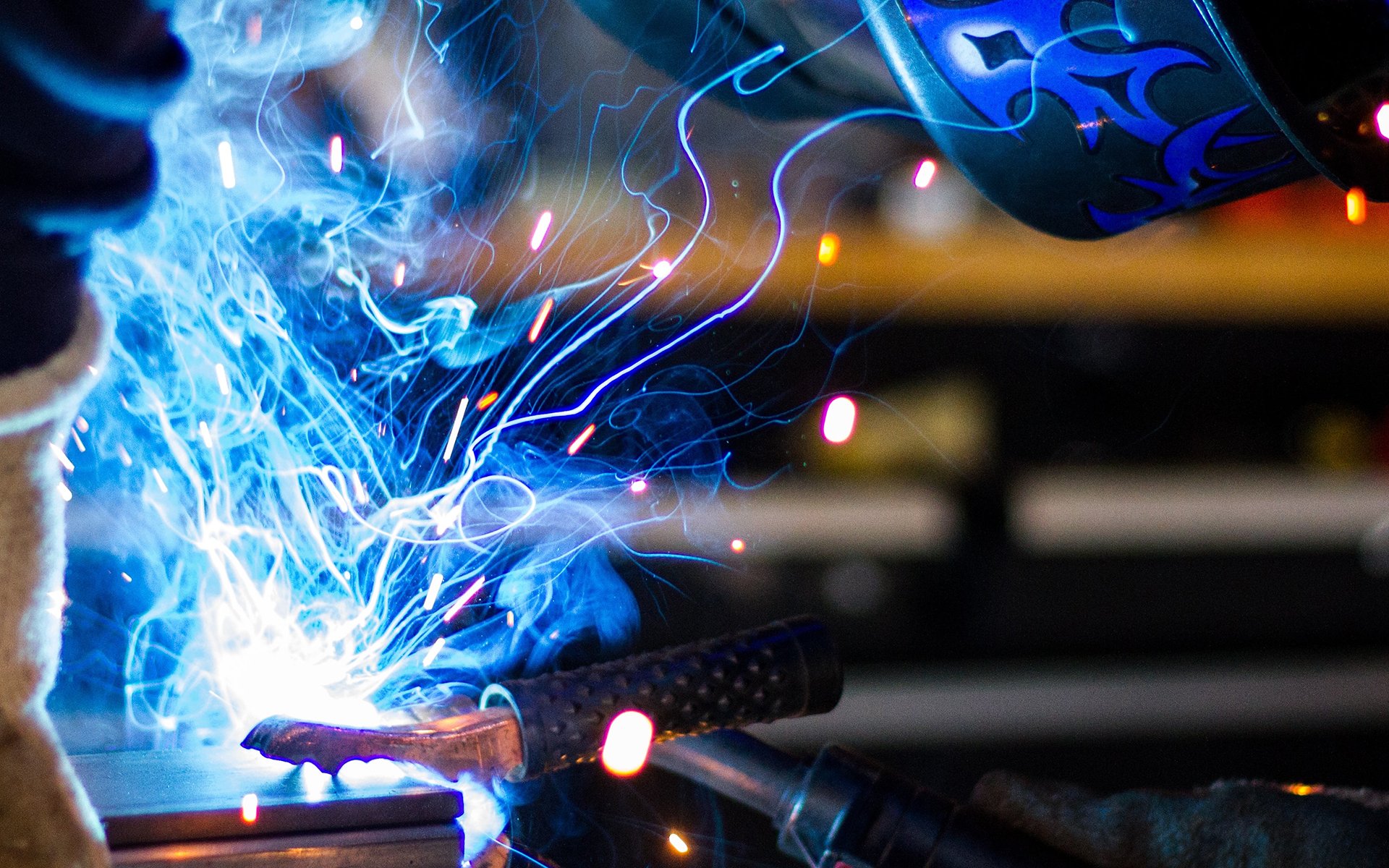The last decade has seen giant leaps in the advancement of technology that has completely disrupted the way we live and work. From transportation to finance, a lot has evolved, and manufacturing and interior design aren’t lagging either. Veterans in the industry and industrial design enthusiasts will have noticed a gradual increase in new materials and technologies being integrated into the design process. Technology has not only changed how we manufacture products, but what we manufacture them with. At the intersection of technology and product design lie some really cool products. From chairs that adjust to your posture, to groundbreaking new materials that grow and adapt to their function, we have highlighted some trends here for you.
Furniture Embraces the Digital Age
In simpler times, what we looked for in furniture was straightforward. If it was comfortable, ergonomic and durable, it was good enough. Today, it is a bit different, especially in the case of office furniture. How we work, where we work, and what we use to work with is changing, and furniture is evolving to support this change.
Let’s take a simple example – Starbucks. Around 2014, the world’s most popular coffee chain realised the need for charging smartphones while customers enjoyed their beverages. Lack of power outlets resulted in customers leaving the store to find a spot where they could charge their phones. This led to a rollout of power mats being integrated into the tables at Starbucks, so customers could use wireless charging whenever needed!
Orangebox, a UK based furniture manufacturer, published a case study on this as part of their Smartworking research. Claiming that low battery anxiety is a real problem, the design team of this brand made sure to include power and data outlets in their soft seating ranges as well.
Green Furniture Concept is a great believer in the power of digital. “Public interiors change rapidly,” says Adele Kamel, Head of Global Marketing. “Using people flow analysis, reconfigurable furniture with different add-ons can be tuned in line with the current retail setup and the use of the building, as well as add value to achieve higher passenger satisfaction.”
From left: Orangebox and Green Furniture Concept
New Materials
It’s been more than 60 years since Charles and Ray Eames revolutionised the furniture industry by introducing the world to moulded plywood through the iconic Eames Chair. Manufacturing and material science have come a long way since then, and designers today have a lot of cool materials to work with. While most of these are sustainability driven, a fair share of them are truly innovative.
Ever thought cornstarch could be used in furniture? Spanish company Nagami has invented a robotic arm system that uses polylactic acid pellets (biodegradable material made from cornstarch) to manufacture their products.
Top: Nagami; Above: Humanscale
Plastic is at the receiving end at the moment, and rightfully so. It’s a major culprit in ocean pollution and the death of marine life. Which is why materials such as bioplastics, with similar properties as regular plastic, but made from plant sources, are catching on. These materials are biodegradable, but also perform on par with standard plastic when it comes to thermomechanical properties. A product worth mentioning for its innovative use of post-consumer plastic, is the Smart Ocean chair from Humanscale. Two pounds of recycled fishing nets are incorporated into each chair by transforming these nets into Nylon 6, a material that does not break down or harm aquatic life. It’s all done through the Net Positiva program. Read more about it here in our review.
Bisley is offering not just melamine-faced chipboard for its front-of-house lodges, but also CPL, compact pressure laminate lodges for both corporate office and healthcare applications. “CPL as a material is very abrasion-resistant, very resistant to heat and humidity, and has some anti-bacterial qualities,” says Peter Kay, General Manager, Bisley, Dubai and the Middle East. “Plus, it’s very easy to clean so that makes it ideal for healthcare applications, all besides being a very economic material to use.”

Above: Bisley
Generative Design
Artificial Intelligence has certainly arrived in the computer-enabled design realm via Generative Design – a technology that uses AI-based algorithms to simultaneously generate multiple design solutions using real-world manufacturing constraints and product performance requirements. The high level goals and constraints are fed into the design software by the product designer.
What does this imply for product design? Together with 3D printing, it opens up a host of new possibilities that the human mind couldn’t possibly imagine due to our cognitive biases. Generative design, on the other hand, is completely unbiased, unlike the human mind, which is often influenced by one of around 175 known cognitive biases.
3D printing is getting better and better with each passing year with material costs and production time reducing considerably. Designers can prototype unique shapes and test each version on demand without having to worry about producing them at scale. Tooling and part accessories can also be produced on demand. Additionally, clients now have the option to further customise products.
When it comes to innovation, Herman Miller isn’t one to be left behind. We reviewed their latest COSM chair not long ago, the design of which involved an iterative process using 3D printing technology that mixes aluminium dust and resin to produce prototypes for testing. Very impressive.
Above from left: Herman Miller Cosm, Peter Dondes
Tech Enabled Furniture
The line between consumer and tech and office is starting to blur. Take the PUREis3 chair from Interstuhl. Fitted with an innovative S 4.0 sensor developed in collaboration with Garmin, the chair analyses the user’s individual seating pattern habits and actively helps improve the way they sit. A phone application prompts the user to change posture, and further provides instructions for office workouts.
On the more sophisticated end of things, you have the Steelcase Roam, designed and developed in collaboration with Microsoft. It’s a mobile stand and easy-to-hang wall mounting system designed for the Surface Hub 2S, that allows teams to collaborate almost anywhere. The Roam embodies what our workspaces will start to look like, with tech neatly integrated into items we take for granted.
Tech enablement brings about another interesting component to product design – personalisation. Case in point would be the LightCycle from Dyson. Leaving aside its sophisticated engineering and core features, the LightCycle extends control to the user via the Dyson Link App. Connected via Bluetooth and a sophisticated set of sensors, the app’s daylight algorithm uses date, time and GPS data to track daylight at the user’s location. The output is light that is best suited for that time of day and location. Additionally, it also offers modes like Wake, Study, and Sleep.
Above from left: Steelcase’s Roam, Dyson LightCycle tasklight, Interstuhl PUREis3
Materials of the Future
Loomia have patented soft circuit system called the LOOMIA Electronic Layer, which is designed to integrate into textile products. These circuits can light, sense and heat, and can be customised to adjust to any product. They also come pre-connected to a connector of your choosing (USB, JST, magnetic pogo pin, etc). Pretty exciting.

Above: Loomia from Colab
A few years ago, designer and architect Neri Oxman gave a scintillating Ted Talk on biology and design potential merging to create a new species and era of regenerative materials. Her research looked at ways for digital fabrication technologies to interact with the biological world. Her lab is pioneering a new age of symbiosis between microorganisms, our bodies, our products and even our buildings, creating some amazing and quite mind blowing new materials that live and adapt to their environment and function. This is most certainly the future.







